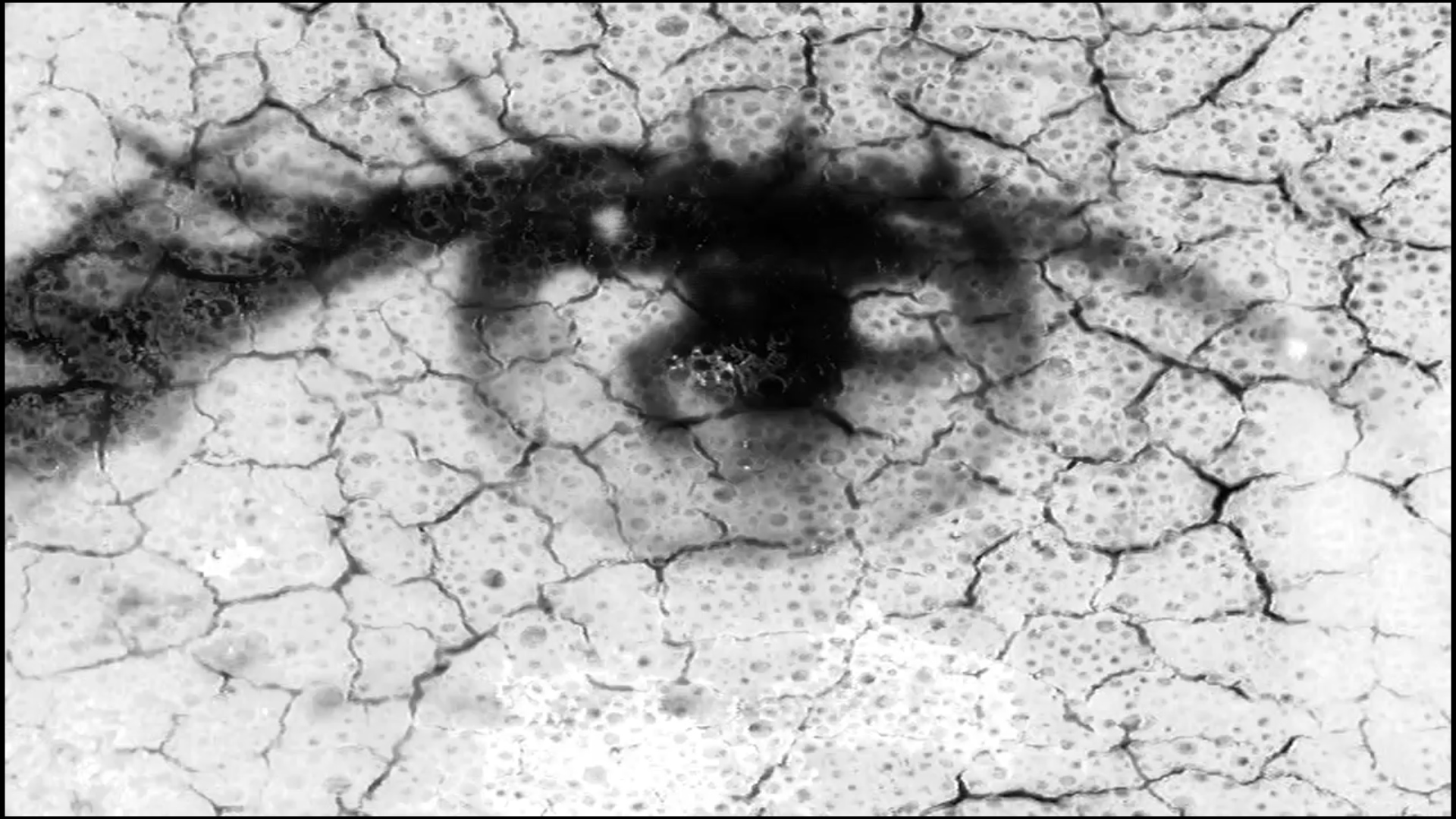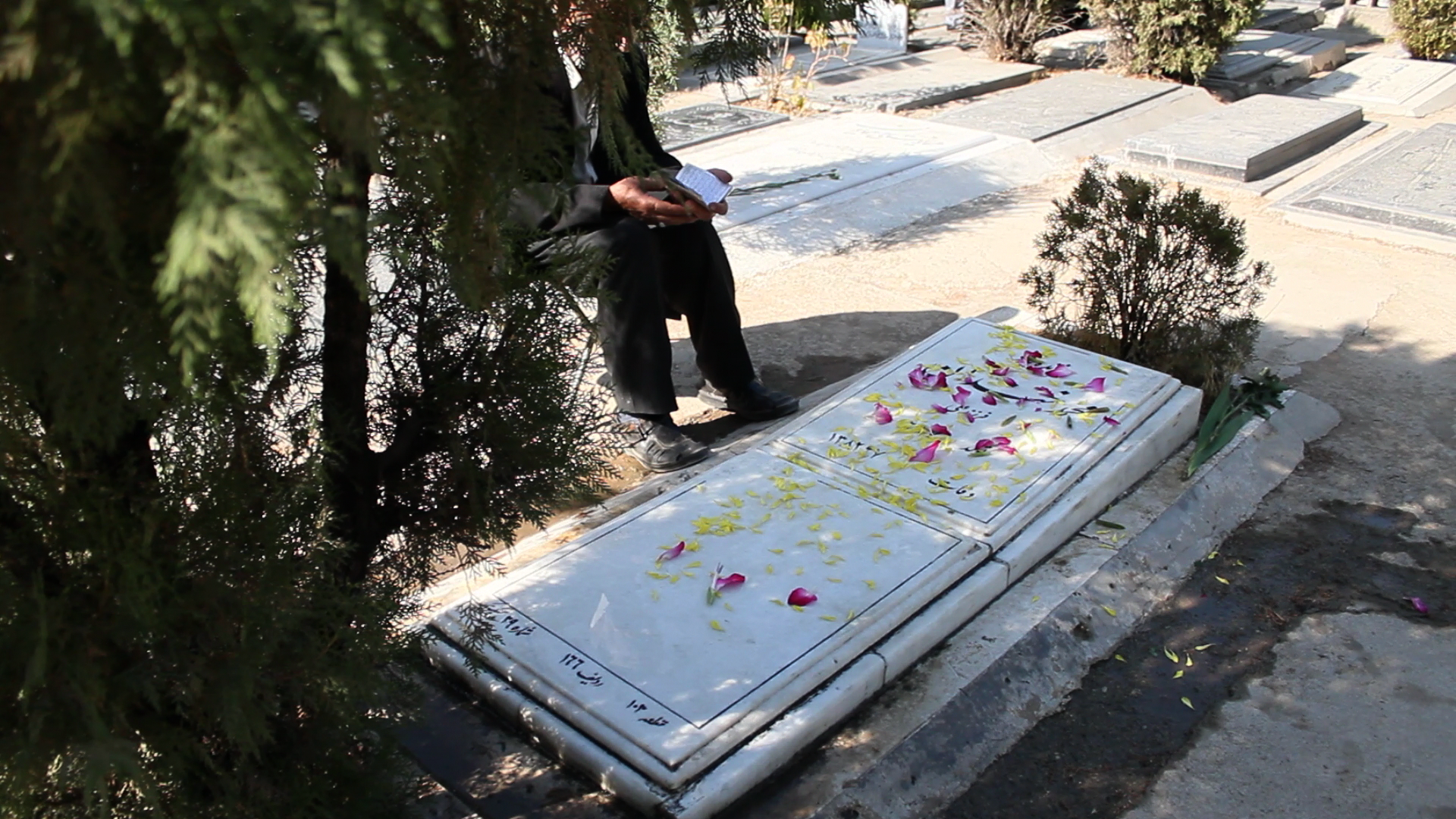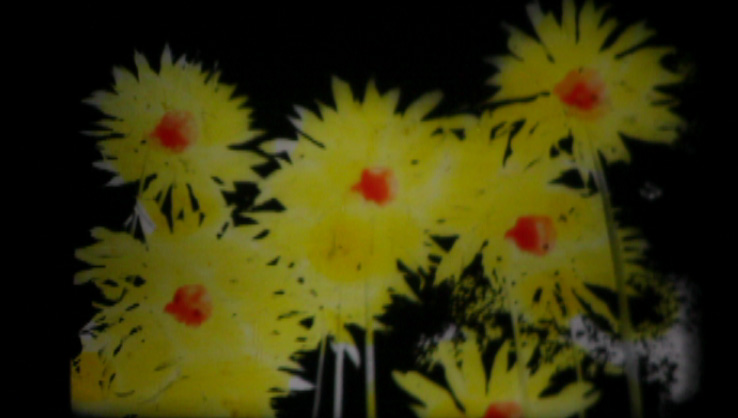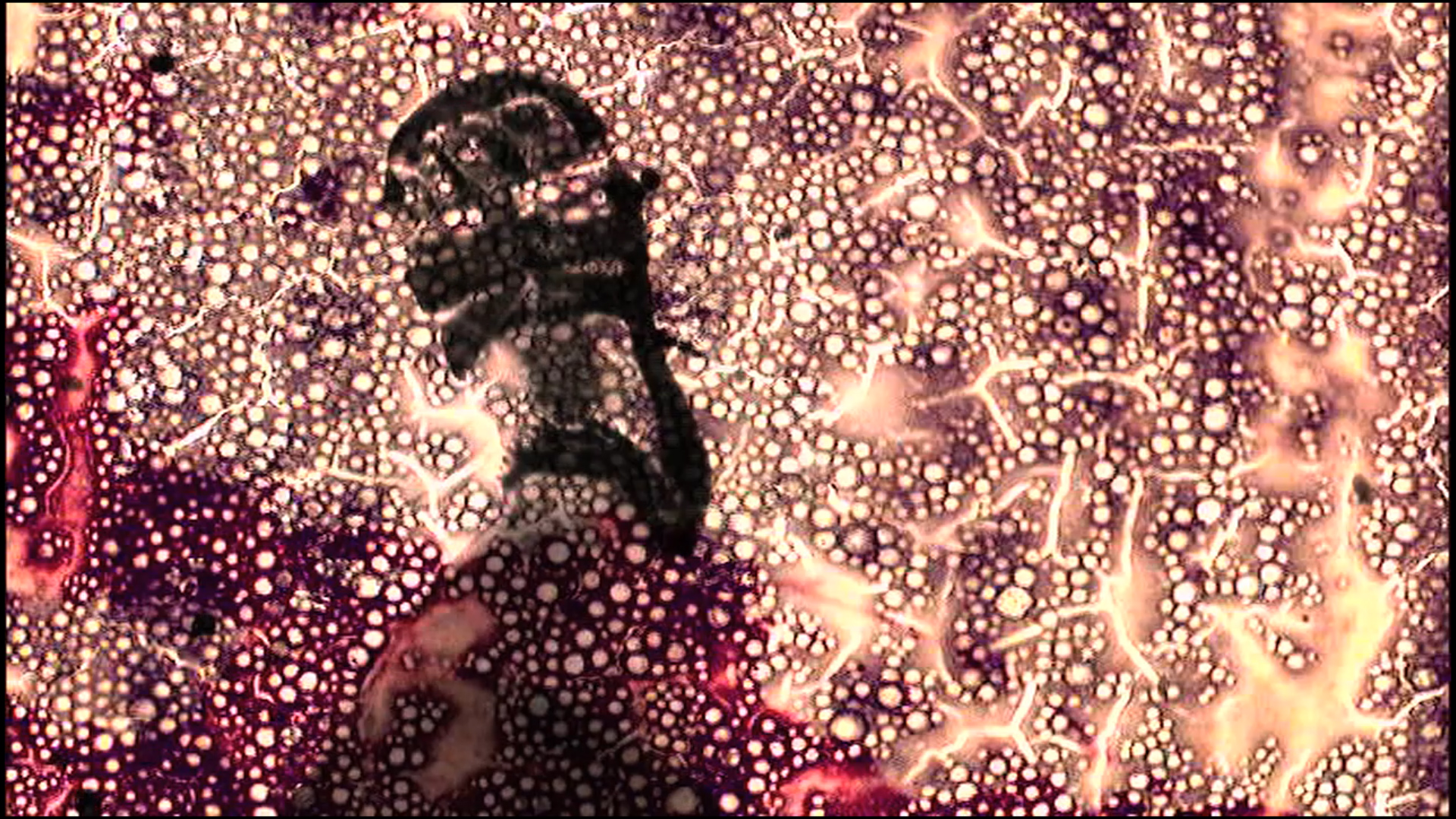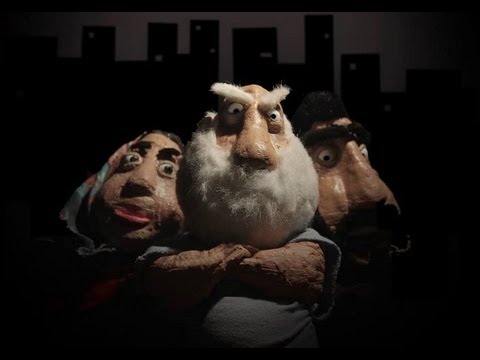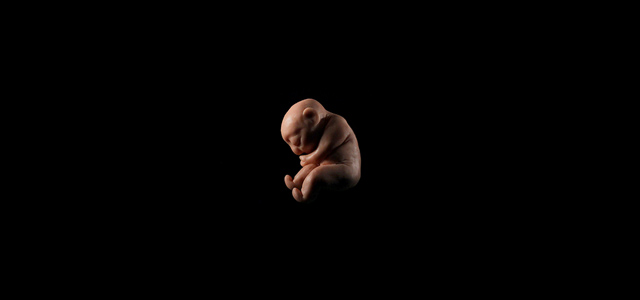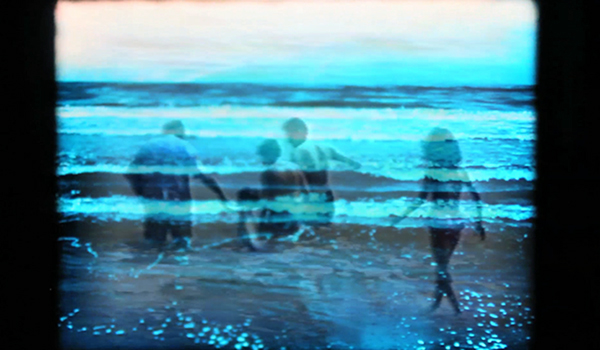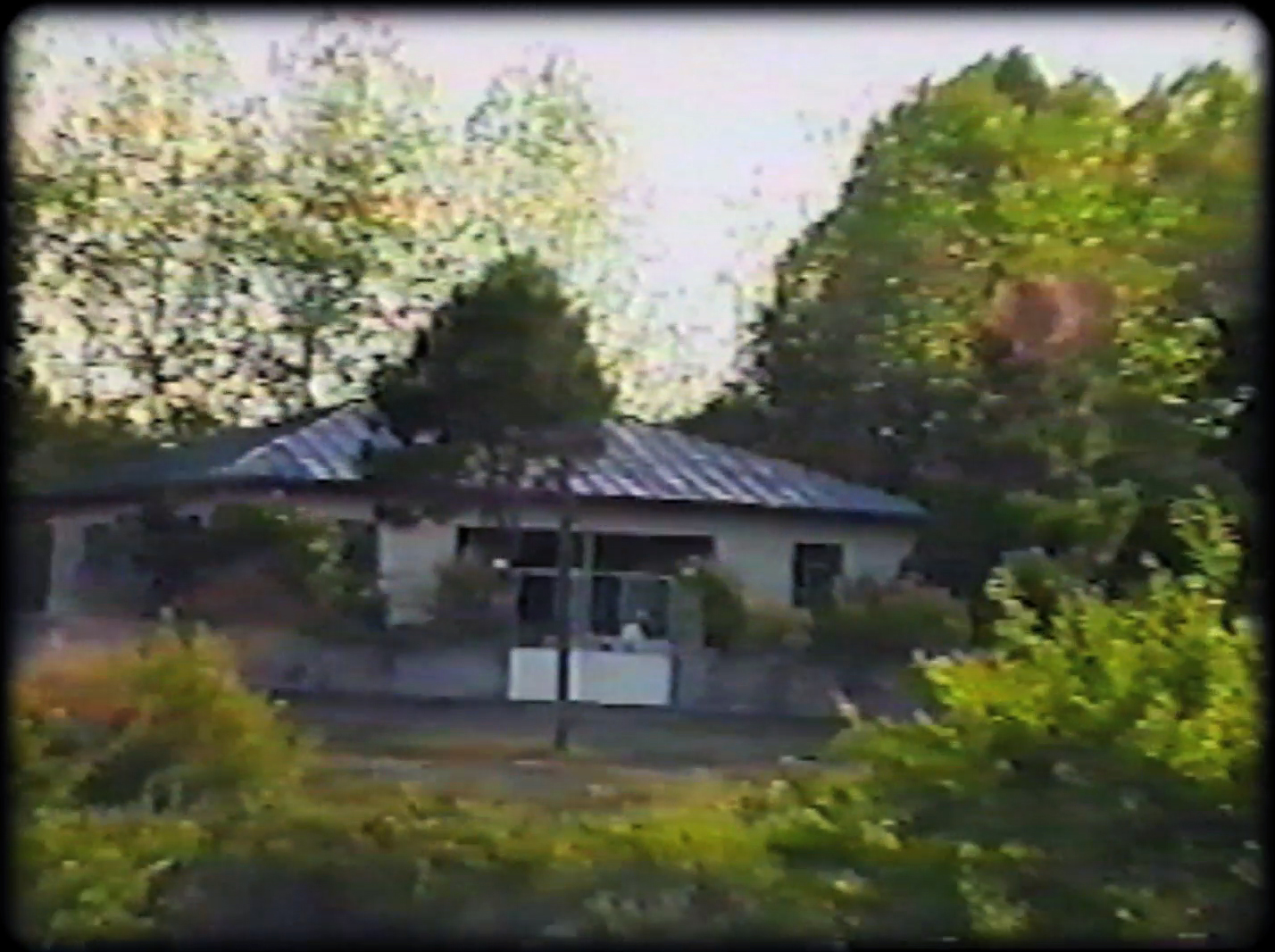I Used to Love Snow: an interview with Taravat Khalili (Spring 2016)
Taravat: In Tehran, I remember looking out the window at the snow coming down and being happy about it because I knew we wouldn’t have school the next day. Back then it would only snow about five centimeters and the schools would get canceled. The next morning would be sunny and warm with beautiful snow on the trees and the ground. I would go out on the street and play with my neighbours; such a pleasant time. I used to love snow, I always had a good feeling about snow.
But when we immigrated here it snowed A LOT. I remember a bad storm that closed all the schools. I had to go to a grocery store across the road from our building, and I had a hard time walking in the snow, it was over my knees and the wind was very strong. I don’t actually recall playing in the snow here. I try to avoid activities that have anything to do with snow.
In Iran we have about 25 holidays, and at least 15 are reserved for mourning. We love to praise the dead. There is one called Tasooa and Ashoora, which lasts two days. It is the anniversary of when Imam Hussein suffered and was killed. There are two days of mourning each year. Today they have ceremonies for it. It’s more like a festival. Even though the religious people are crying and mourning, the rest of the people are enjoying themselves. People are serving free delicious foods, sherbet drinks, and there are different parades all over the city. As a kid I loved going out and being part of this festival because it was so much fun and it was a chance to see boys and get phone numbers. Even though there would always be a grown up with us for safety, there were boys who would come and put their numbers in my hand in the crowd and no one would notice. The riskier it was, the more fun it was.
I have to mention that metros in Tehran have women’s-only cabins, but women can also get on the men’s side which I did a couple of times and was disgusted and never went again. The man’s transit was disgusting because they literally eat you with their eyes, even though women wear hejabs. And the smell of sweat in hot summer days of Tehran. I guess the trains don’t have a good ventilation system, it can get pretty bad in there.
I made a wish that I regretted for a while after we came here. Two years prior to moving to Canada, my school made a field trip to a “imamzadeh,” which is a tomb of an offspring or a descendent of a Shia imam. There are a lot of them in Iran. Most are in the suburbs and they are not like other tombs, but very well made with lots of ornaments and gold! People go there to pray and if you actually find your way to the center where the tomb is located and touch the fancy fence, you are considered lucky and most of your wishes may come true. I was a kid and had to believe in these superstitious acts because they were fed to me at school.
At the time my dad and two of his friends were making a three-story building with
three floors for each family. My first wish was to receive the acceptance for residency in Canada. The second wish was a back up, which was to move to the new building as soon as possible because it was located in the most popular part of town at the time, and where you live in Tehran is very very important. People are classified by where they live! The further north you go the richer the neighbourhood. Anyhow, since the first few years in Canada were horrible for me, I regretted my wish to come, and was very upset with myself.
I was fourteen years old when we left. I was different when I was in Iran. I was born into the Islamic Republic after the revolution. Due to the religious regime, all the schools were segregated. I went to an all-girl school. Even though my parents were not religious, the school forced us to be pious to god and to the regime. All the textbooks had a full page dedicated to Ayatollah Khomeini; a quote or a poem and his photo. I was petrified to draw on that page. He seemed to be an omnipotent spirit that would hunt me if I disgraced his page. But all that changed once we moved. It was as if I was liberated from his spirit and he could no longer watch me. I believe I was also more socialized than I am today. Perhaps it was the familiarity of the culture and the language. I felt a displacement once our family moved to Canada in 1999. It happened during my teenage years, which are apparently the most difficult age to relocate. I have always been a shy and quiet girl, but I lost all confidence when we moved. My anxiety intensified and my shyness elevated.
My friends and I always fantasized about the West, and our conception was based on the satellite TV we watched illegally. I never imagined how difficult it would be to live somewhere completely unknown, to have to adapt and start a new life. I never considered what I would leave behind.
We have this thing in Farsi called “tarof,” it’s a cultural thing. It’s a way of being polite, but it’s also an excess kind of politeness. You say something without meaning it, it’s said out of politeness and humbleness. For example, let’s say I have a guest over and it’s past midnight and I have to get up early in the morning, but by the time they want to leave I ask them to stay longer, even though I don’t really want them to, and I know they have to get up early too. But out of politeness they say okay and stay longer. There are many different cases; it can affect either party, or only one party. When I came here and was invited to a friend’s house they would offer me a drink or something. I would refuse because it’s normal to say that in Iran, where it would be offered again and again until I gave in and got the drink. It would be rude to accept right away, but it’s so different here. Often I got disappointed. It took a while to learn not to tarof with anyone other than Iranians.
In 1999, when I was fourteen, I emigrated from Iran to Canada. It took me some time to adapt to the new culture and lifestyle, but my belief that Canada had more to offer me for my future kept me going. Before long, I had both adjusted to my new home and become interested in my own cultural and artistic heritage. Usually I make films that are either related to me personally or related to where I came from. I have a strong desire to share my native culture with others in my new home, Canada. I think that every immigrant goes through an identity crisis and seeks to reconcile their original culture with a very different way of life in their new home. I have found a way to express these struggles with identity and finding one’s place through my filmmaking.
The death of my grandfather had a significant impact on me, as expressed in the film Even Flowers Wake Up in the Morning (2009). The film is a hybrid of video and 16mm film with musical accompaniment. Video imagery superimposed onto clear film represent memories of my grandfather, flickering in my head as if I were watching a projector showing old film clips in a dark theater. I cut together fragments of visually realized memories to express what he meant to me and to represent the impact of his passing.
Mike: Could you talk about the process of making this movie, how you began gathering material, how you knew what was necessary? The form is very poetic, not so didactic like a documentary that feels it needs to explain everything to the viewer. It’s lush and impressionistic, and it insists always on beauty.
Taravat: I started digitizing home video VHS footage for this movie. I began working on this film in 2006 while I was at Sheridan College but could not get myself to finish the film because, despite the three years that had passed since my grandfather’s passing, I was still very much wounded. I continued working on it in 2008 and finalized it in 2009. It was helpful to be away from it and to view it from a different perspective. It was a very emotional process. The film is about my feelings towards the passing of my grandfather… It is very difficult for me to express myself with spoken words. I was very close to my grandfather, and his death affected me deeply.
I did not have the courage to attend his funeral in Iran but I had seen the funeral footage that someone had collected. I kept it very close to me until I found a use for it in my film. I visited his home a year later while my grandmother was also absent (she was out of the country visiting her children) and I filmed the empty house and his presence was deeply missed. I am not sure how I knew what was necessary, I just collected footage. A lot of feelings and emotions were involved at the time and I think I just did what felt right.
Mike: Can you tell me about Flower Casting Shadow on Stone (2 minutes 2012)?
Taravat: I developed Flower during a Process Cinema workshop in Cuba at Escuela Internacional de Cine y Televisión in San Antonio de los Baños (EICTV), where I worked professionally as the assistant to film professor Philip Hoffman, who directed the course. The film expresses my feelings of being an outsider surrounded by spectacular natural elements. It was shot on 16mm high contrast film, hand processed, and hand painted. The images in the film are of the natural environment surrounding the school in Cuba. It was shot on the Bolex with high contrast film stock. I hand processed the film, hand painted each frame, and then manipulated the images by using Crackle on the emulsion of the film to create fractures. Crackle is a paste that can be applied to any surface and when it dries it creates cracks. It looks particularly amazing on film stock, because when the film is running through the projector, light passes through the fractures and creates a unique look.
The soundtrack mimics the natural sounds in that environment — of thunder, rain, birds, etc. and also there is a scene with an empty pool, where by drawing on each frame I tried to animate the water inside the pool as if it breathed. I incorporated breathing sounds to complement the image. I recorded these sounds on my iPhone!
Mike: You often find pictures of yourself, even as you are looking out into the world. Your first-person cinema rewrites each picture as a conversation between what is being seen, and who is doing the seeing.
Taravat: For me at this point in my life, I try to show my perspective to the spectator… to express what I see and feel because otherwise I can’t communicate these thoughts or feelings in other formats. But perhaps when I get through this phase of wanting to show “myself” it will be simpler to tell other stories.
Mike: Can you tell me about Night Owl (3 minutes 2013)?
Taravat: Night Owl explores the search for identity through 16mm high contrast film stock that is hand processed and hand manipulated. I am shooting myself walking through and exploring a cornfield. I am also filming my feet as I am walking on different surfaces: brick, sand, concrete, stones. As well I have incorporated painting on film, working with acrylic paint, ink and marker, and I have used Crackle as well. I never have a concrete idea of what I am exactly making and how I will put it together. It all begins with an idea, I start collecting footage of what I think this idea can contain and through the process I experiment with editing. The audio was a mixture of collected sounds on my iPhone. I had a sound person, Leo Dolgan, who helped me record some Foley sound and mix the audio.
Mike: Can you talk about your company Kajart? What kind of projects did you do, what were your hopes?
Taravat: In 2011 my partner Kajeh started doing some freelance work under the name Kajart, and later on I joined with two friends of ours (designers) to create a team. We have had projects varying from websites to music videos, though animation is the focus of the company. Some of the projects we undertook dealt with internet censorship in Iran and how to stay anonymous on the net. These animations were made for companies who advocate internet security and anti-filters. Our goal for the company has always been to make animated films, and at the moment Kajeh and I are trying to pursue that goal.
We made several animations together, including Aghaye Past/Mr. Mean (4 minutes 2013). It is a stop motion animated music video about a patriarchal society. This animation was a collaboration with the three other artists in Kajart: Kajeh Mehrizi, Hajar Moradi and Vahid Fazel. Making Aghaye Past was an amazing experience. Building the puppets and the sets from scratch and giving personalities to the characters really helped us be in touch with the subject matter.
I also co-directed Commotion (6 minutes 2014) with Kajeh Mehrizi, Hajar Moradi and Vahid Fazel. It’s a claymation music video based on the poetry of Forough Farrokhzad, an Iranian modernist and feminist. This stop-motion video was made with more than 6000 photos. It features different kinds of animation including clay and illustrations along with live action/timelapse.
Mike: Who is Forough Farrokhzad and why did you make this film?
Taravat: Forough Farrokhzad was one of Iran’s most influential poets. She died in a car crash at the age of 32. She was a modernist and a feminist, who spoke her mind, which was unusual in a patriarchal society. Her poetry was honest and genuine. I was very much influenced by her growing up. Reading her poetry and witnessing her honesty in every verse motivated and inspired me to be courageous to reveal myself in my films.
Commotion was a commissioned project, but we agreed to produce the film because the lyrics were excerpts of Forough’s poetry. It is a controversial poem and not a favourite of the Islamic regime.
Mike: You’ll be showing your newest movie Does the Sand Hear the Waves (31 minutes 2016) this summer. Can you say a few words about it?
Taravat: Does the Sand Hear the Waves? is an experimental diary film that investigates the journey of a girl who was raised in an Eastern culture but resides in a Western country. The film is about transformation and adaptation, gaining and losing, memory, nostalgia, and building a new self-identity. Does the Sand Hear the Waves? was my MFA thesis film, and was shot on 16mm film and high definition video. It features stories of living in Canada as immigrants as well as touching on the life my family left behind in Iran.
Mike: Can you talk about shooting with your mother? It feels like her portrait, her image, undergoes a nearly continual process of reframing, readjusting, refocusing. As if you’re struggling to find a way to see her, or that her picture keeps slipping away.
Taravat: Well, I used to think that my parents were perfect until I started going to therapy! Haha, no, but I try to see my mother and understand her. We are close, but in my family this closeness come with some boundaries, we do not verbally express our love for each other. With my camera I try to get close and intimate with her and find a perfect picture. Perhaps looking for the mother I used to know as a kid… I live far away from them and don’t see them as often as I would like to.
Mike: Your father appears with a neck brace in the movie. There are x-rays and mysterious medical charts. It feels ominous, and points to the fragility of new immigrants who have to keep working at sub-optimal jobs to keep their new lives going.
Taravat: It is true, however my dad had a neck brace because he tried to cut a willow tree into pieces with an electric chainsaw, by himself! There was a windstorm a while ago, which made a tree fall in their backyard and the city wouldn’t take care of it, so he decided to do it himself and ended up needing surgery on his neck. The significance of that shot in the film is that I witness my parents growing old and not healing as fast with injuries, and as time passes these medical conditions expand and the pills pile up.
Mike: Your parents operate a Subway store, one more cog in a long chain of generic sandwich shops. Can you talk about shooting there, how you approached your subjects, and how you felt about your parents new jobs here in Canada?
Taravat: It was very hard for me to get used to the idea of them owing and working in a fast food restaurant. They both went back to school when we arrived in Hamilton and studied completely different professions in computers but wound up running a business. It would bother me very much watching them work so hard. When I was younger I tried to help as much as I could to lessen the burden on them. So I guess the scene shows me watching them in the sub shop with my camera, close up, focusing on the details and catching moments of their lives pass by… At the time when my dad was suffering from a herniated cervical disc in his neck my mom was working double time to cover the job my dad did, and I was stressed that I could not do more to help them. I couldn’t express to them the frustration I had over this, so I kept filming.
Mike: The movie features home movies made in Tehran, and in some ways your movie is an extension of these gestures, as you bring the camera into the lives of your parents, your grandmother, and of course your own life.
Taravat: My parents didn’t own a video camera in Iran, it was always their friends who were filming home movies, and of course they always gave us copies. When we moved they converted the VHS from PAL to NTSC, but I don’t remember that we ever watched them together. When I was studying at York University I transferred them from VHS to digital. I always felt that they could be used in my movies. I long for the past, for my childhood. Those were happy times without stress and obligations and my grandfather was alive then. Does the Sand Hear the Waves? started as three separate projects, but the underlying subjects were basically the same. I sewed them together to make this one piece.
I was working on three different projects at around the same time, for different courses at York, one was for your class, Process Cinema, where we were asked to make a short film about our “room.” That is when I experimented with the “in and out of focus,” and got intimate and close-up with my surroundings. The other project was for Phil Hoffman’s class. We had to make an experimental film, and I explored the home movies that my family collected when we were in Iran. I made a short about my longing for a place I spent many happy hours in as a kid, my grandfather’s beach house. The third project was my thesis film, about my duality and identity crisis as an Iranian-Canadian. As I mentioned, the underlying subjects were similar and I decided to integrate them and make a longer film. It was a difficult task and took years to complete. I spent many hours editing and re-editing, as well as leaving the project for days and months at a time; looking at it with fresh eyes definitely helped my process. And gradually the pieces fell into place.
Filming my parents was something we didn’t really discuss. I was just there filming, maybe they asked me once what I was up to, but they didn’t have a problem with the shooting, they continued being themselves. I enjoyed filming them as I have always been an observer and not much of a talker. I tried to capture our relationship, which is seemingly close yet distant. Shooting people in general is very difficult I find, but shooting my parents started off being burdensome because I felt shy to invade their beings, but after a while it eased off and I got a little more comfortable.
